In the end of October last year I visited Shenzhen in China for a few days to participate in a meeting organised by a colleague of mine who is now working as guest-professor at the Southern University of Science and Technology (SUSTech)1 We spent a few days being ushered around from one impressive lab to another meeting with various Chinese researchers to try to find common ground for collaboration. It was all very impressive and although I personally felt a bit outside it all, since the visit was mostly focused on optics research it was a very useful visit. It also had it’s creepier moments, such as when a researcher at the Chinese Academy of Sciences proudly presented their new iris-reader prototype, which could allegedly read the iris of a person walking by up to two metres away. Goodbye privacy – hello constant surveillance.
After the visit to Shenzhen I spend two days walking around in Hong Kong before going home. The contrast is amazing. Shenzhen, which grew from nothing 40 years ago to 20 million people today, feels extremely polished and artificial, whereas Hong Kong has a bustling, gritty, chaotic feeling to it. Where the hyper-modern Shenzhen is a botanical garden with beautiful trees, Hong Kong is a rain-forest with a bushy undergrowth. I’ve never been anywhere that feels so Blade Runner as Hong Kong – Shenzhen is more Star Trek. And despite it’s size and density, Shenzhen is remarkably green. There are lush hills and parks around the city and thanks to the nearby sea the air is clean – at least from a Polish perspective.
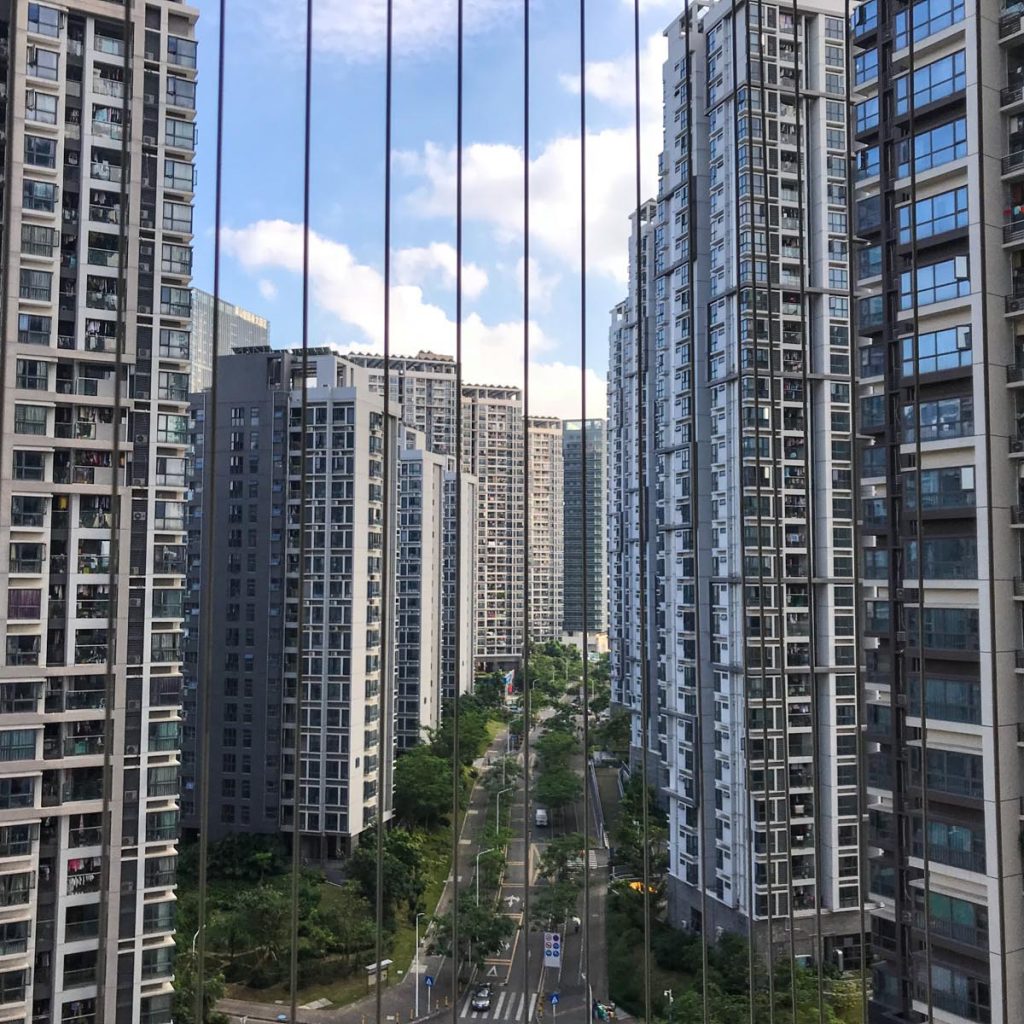
The view from my friend’s flat. 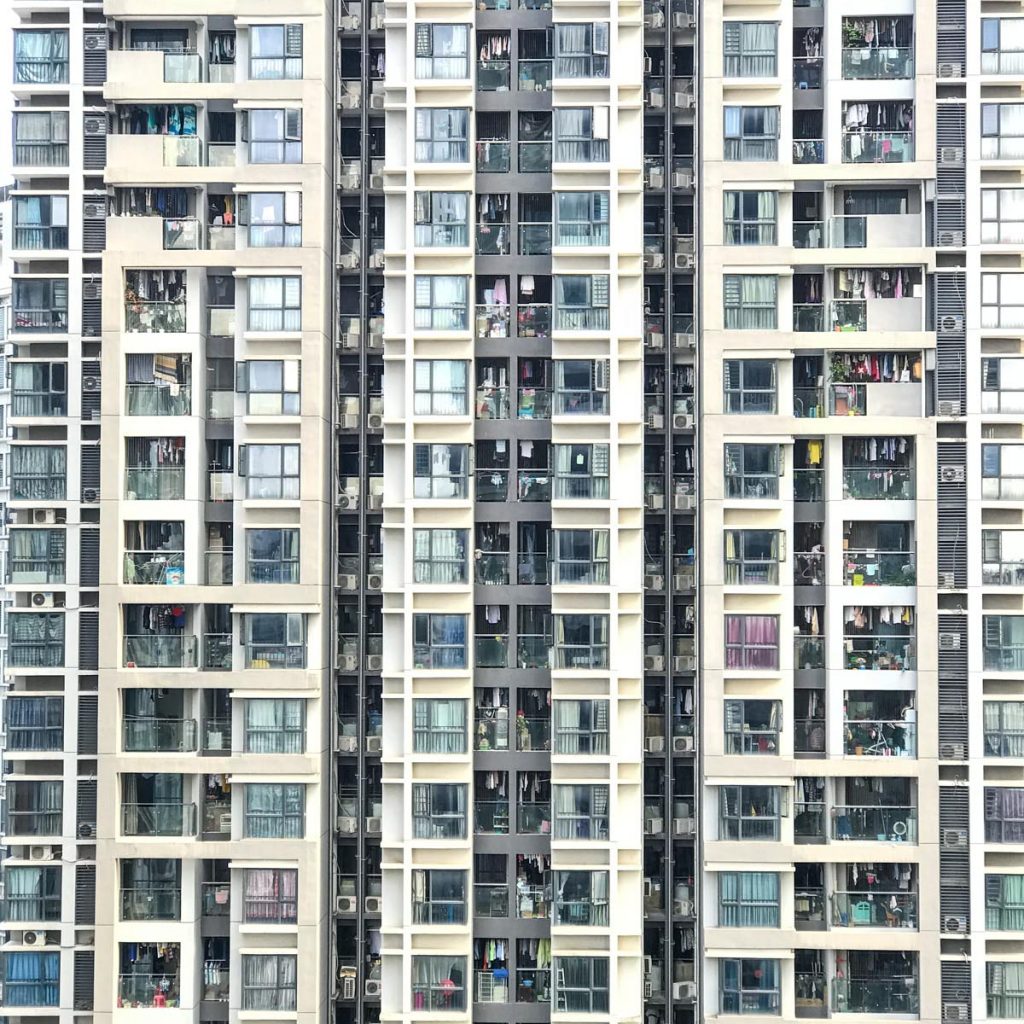
The building across the street. 
A new area of 40+ floor luxury apartment blocks close to SUSTech. 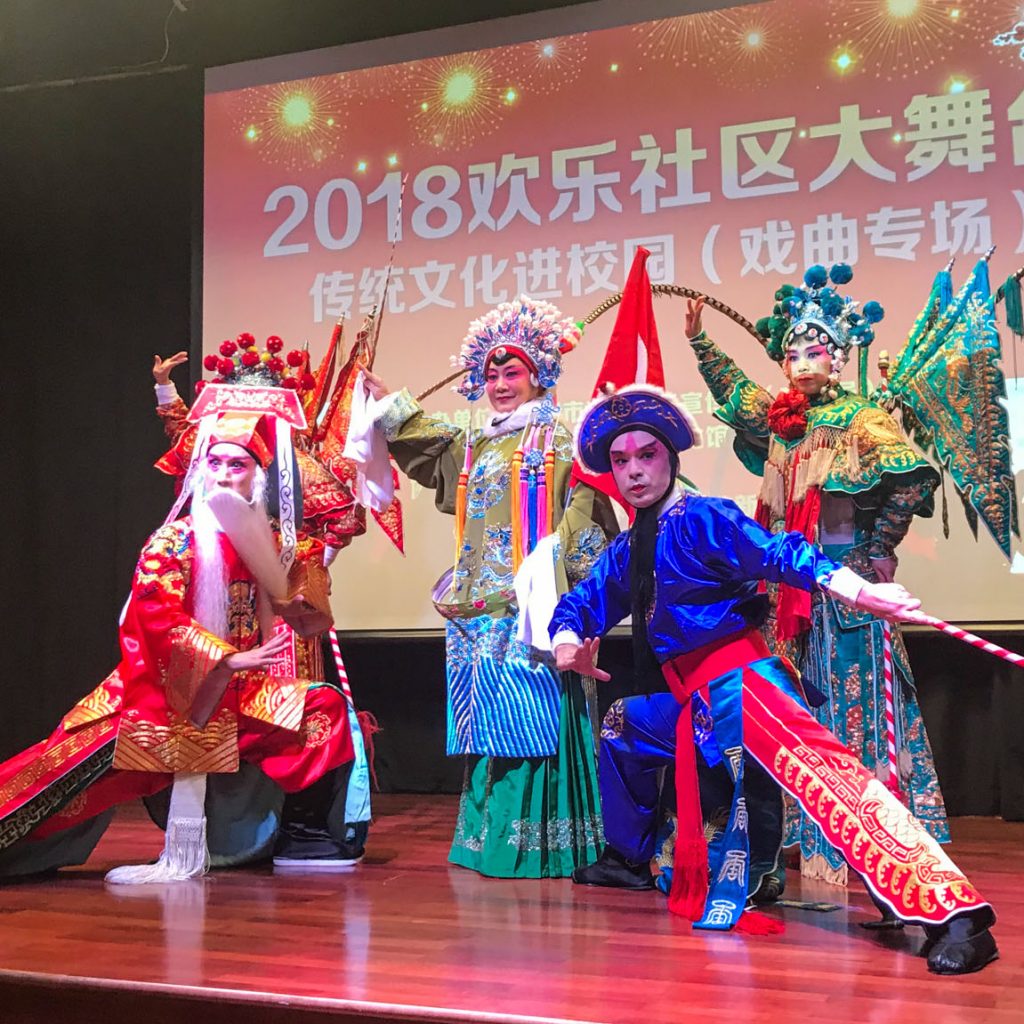
We were treated to Chinese theatre. 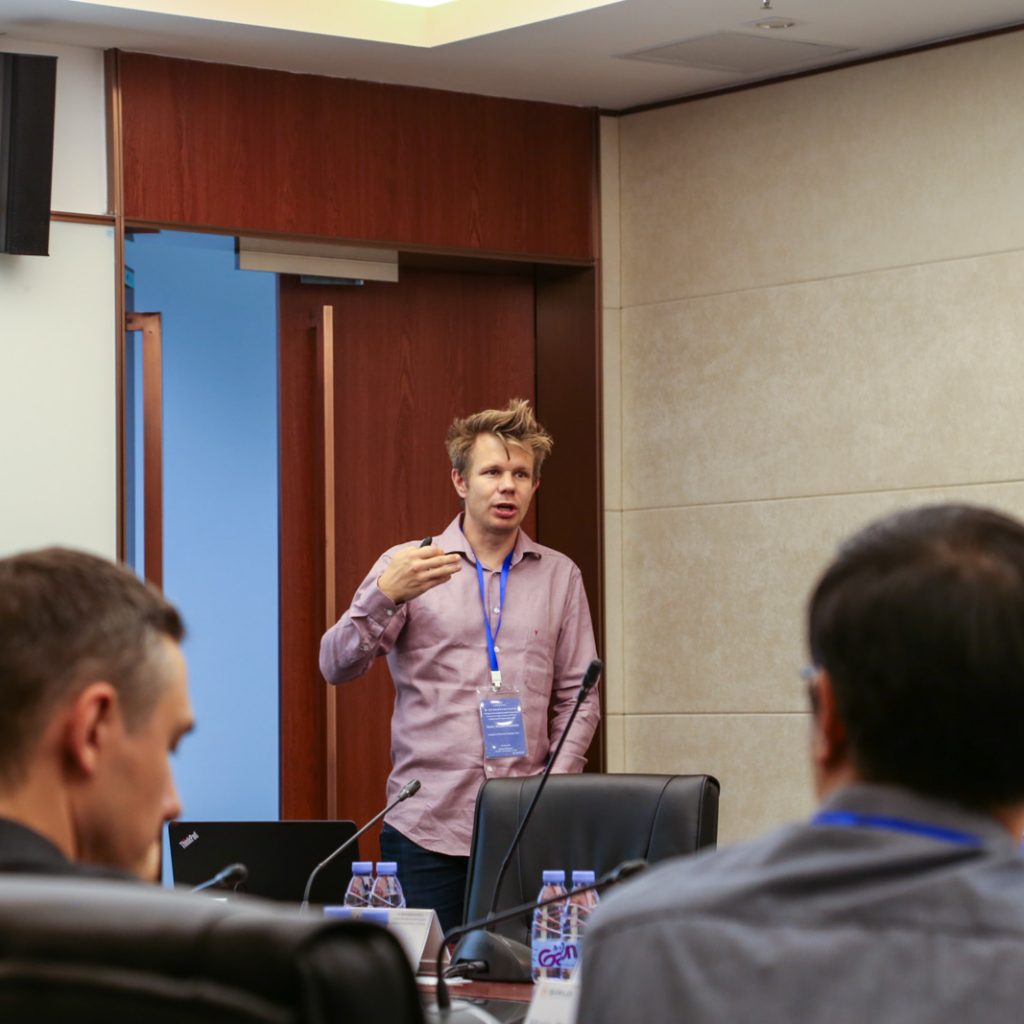
Me giving my talk at the meeting at SUSTech. 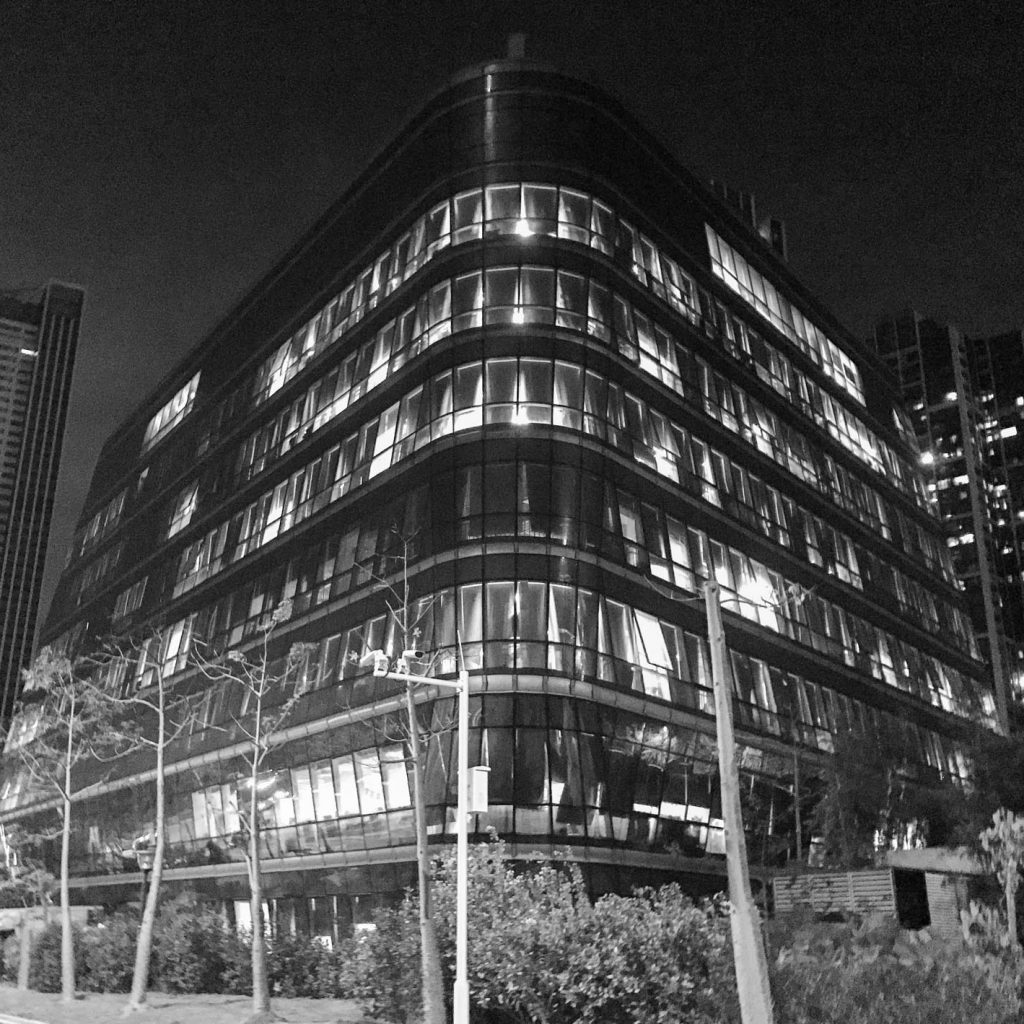
Shenzhen glass and steel. 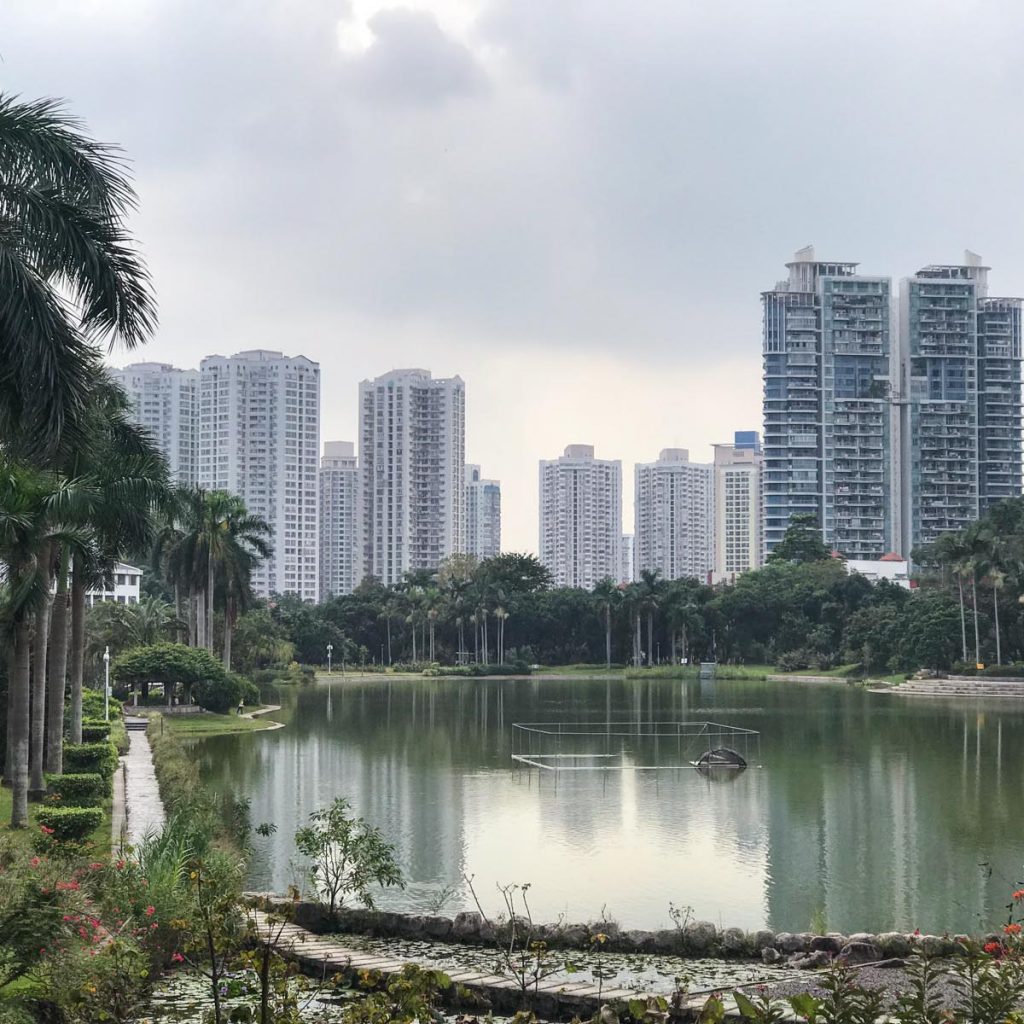
A lake close to the university campus in central Szenzhen. 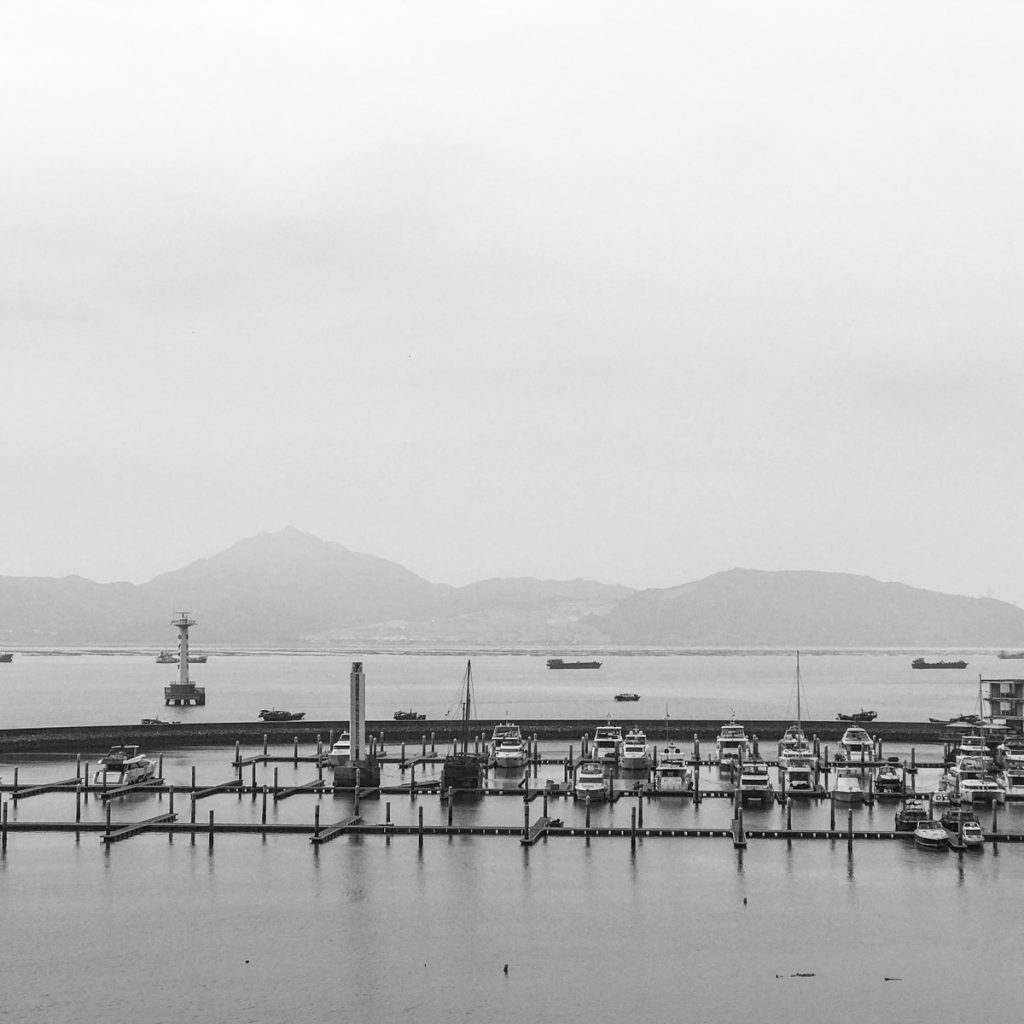
By the bay. Hong Kong is beyond the hills. 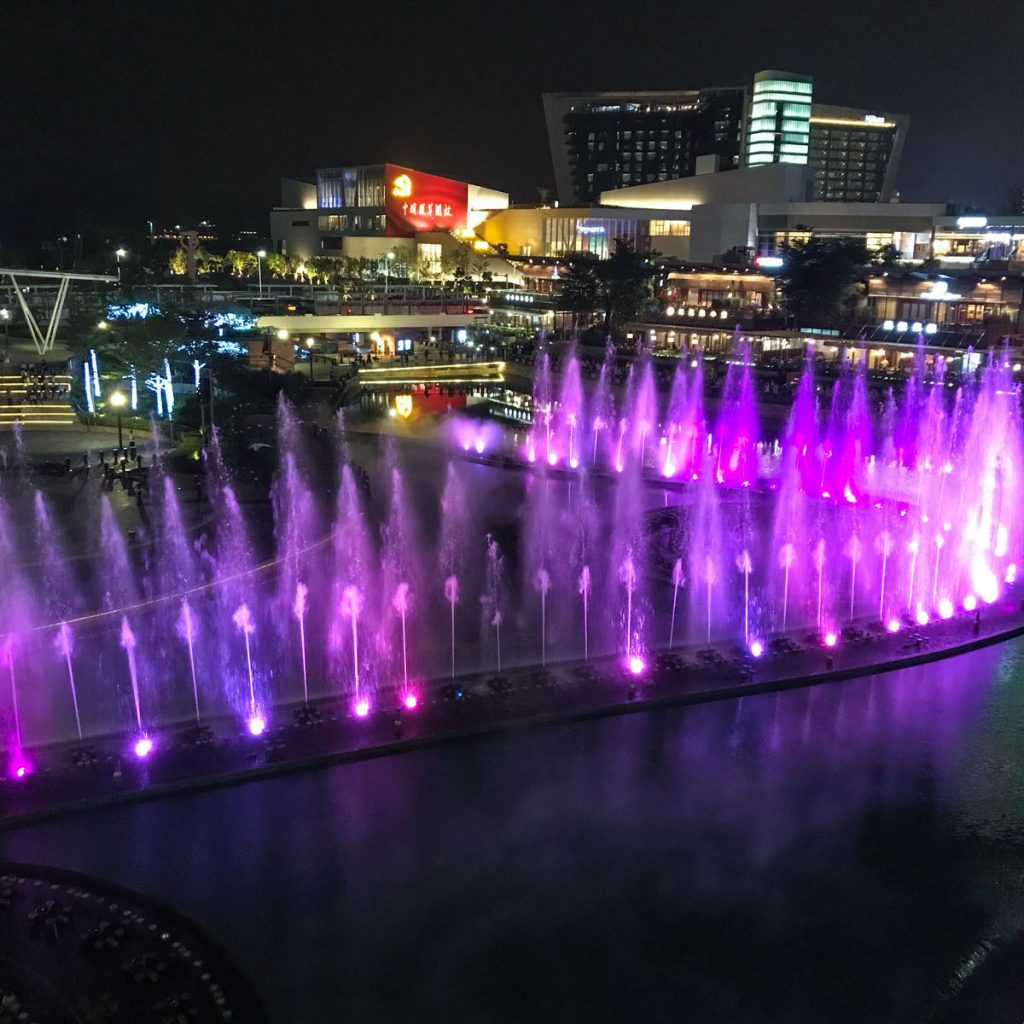
Sea World – a bar and restaurant area by the Shenzhen Bay. 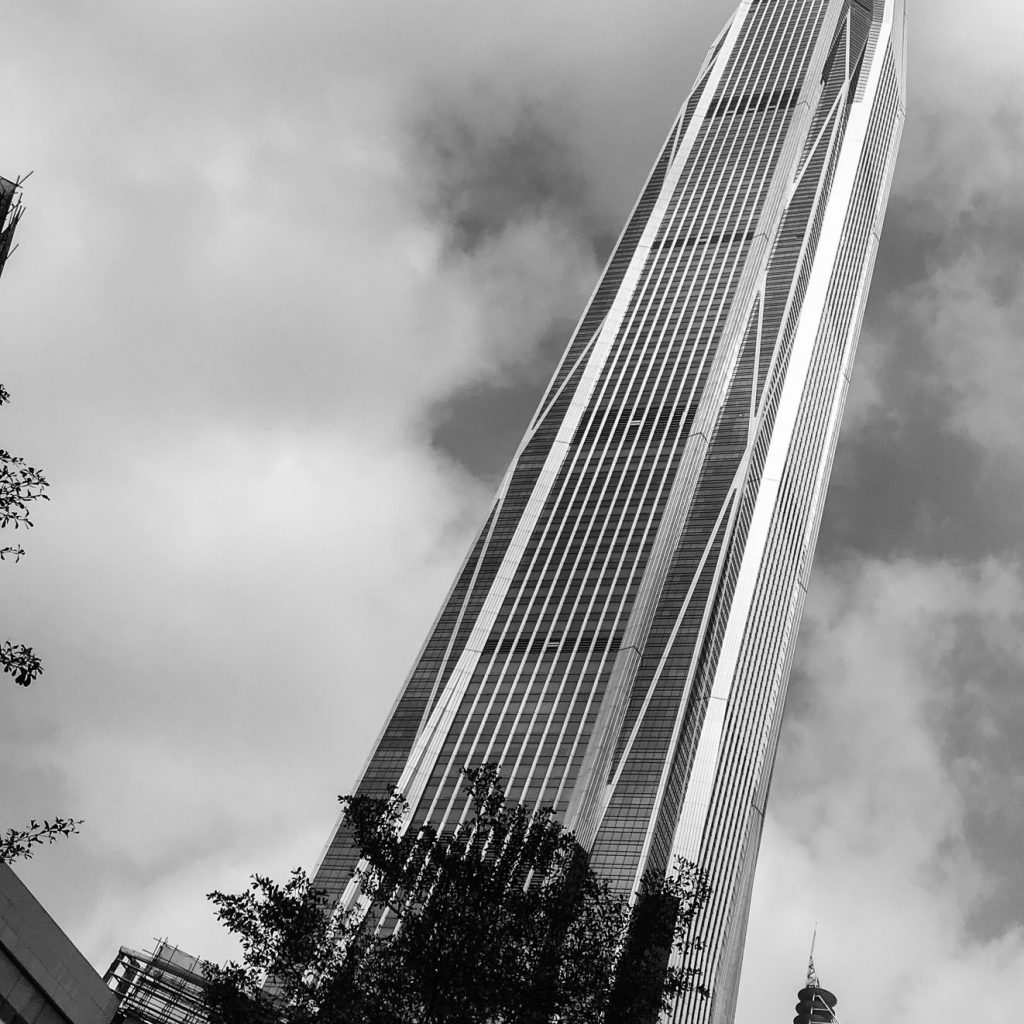
The 599 m Ping An Financial Centre. 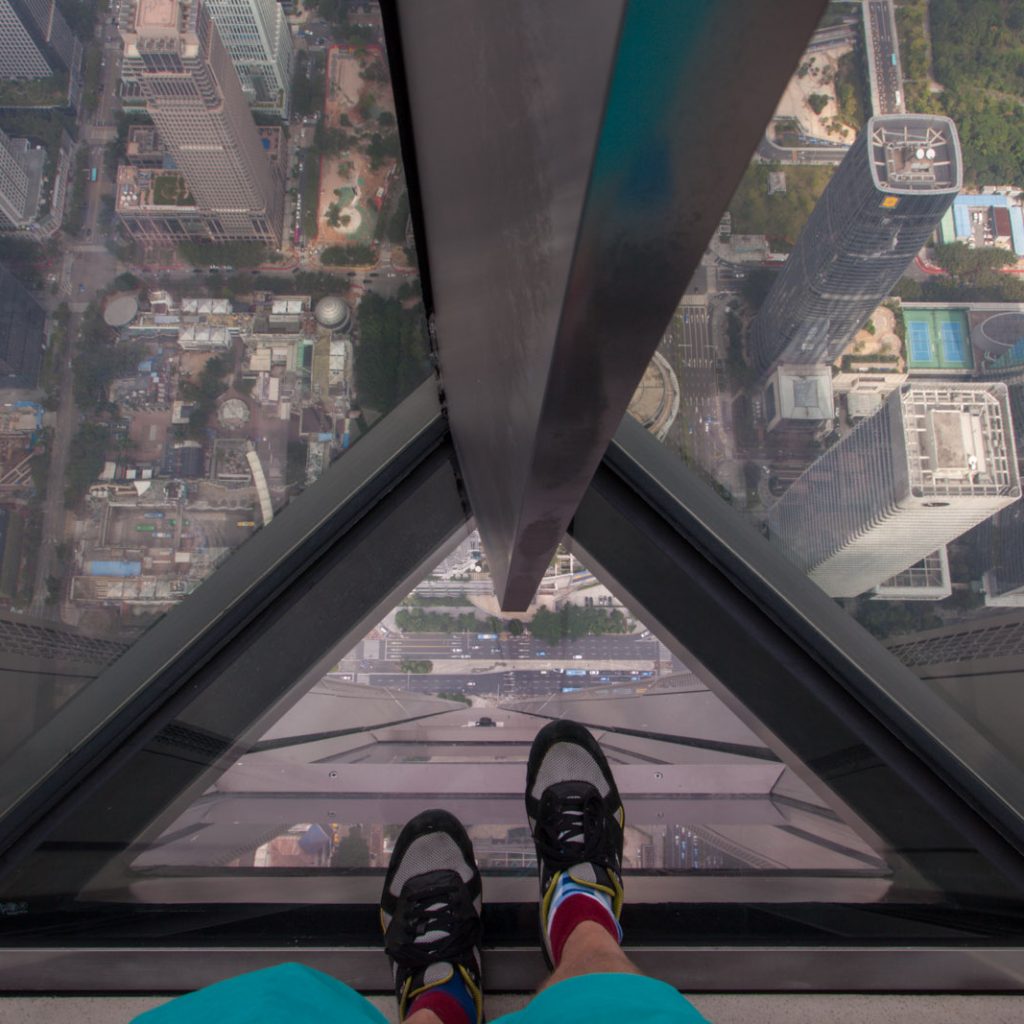
View from the top of Ping An. 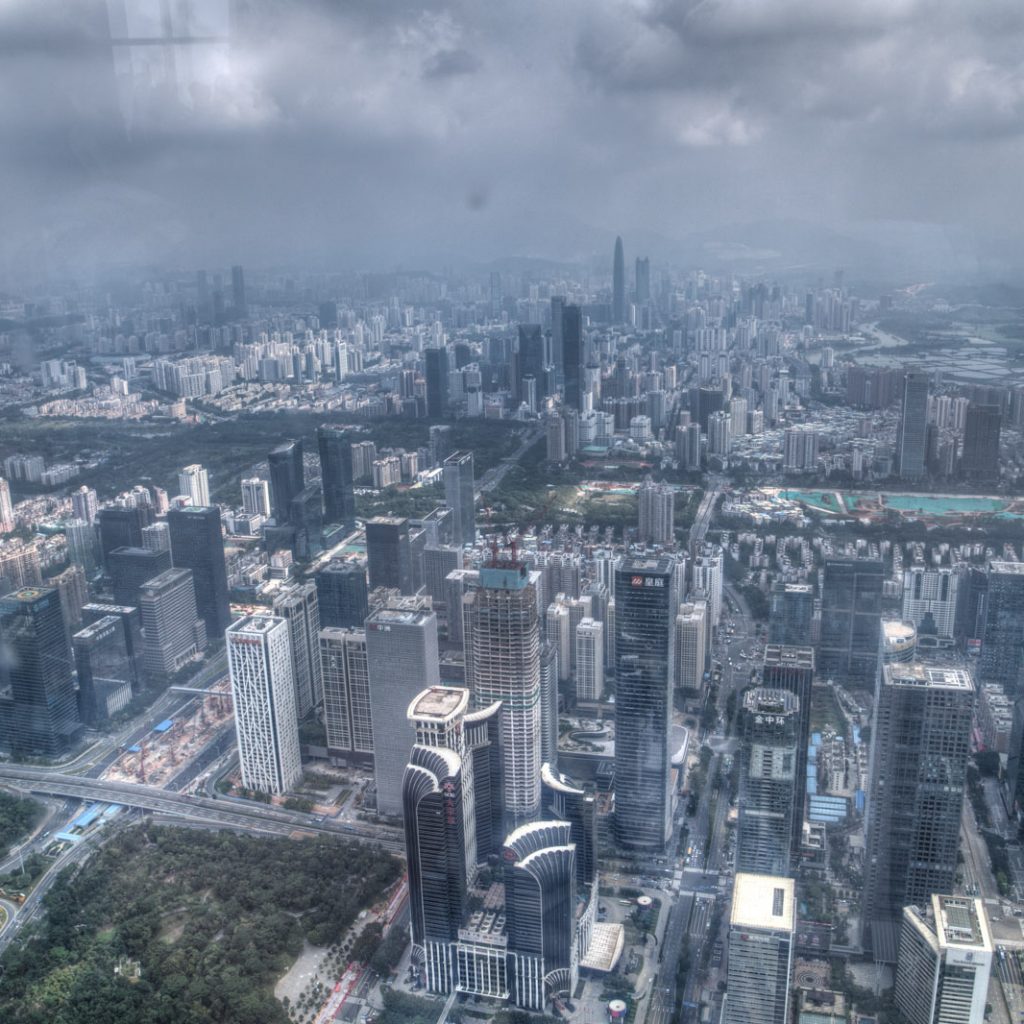
View from the top of Ping An. 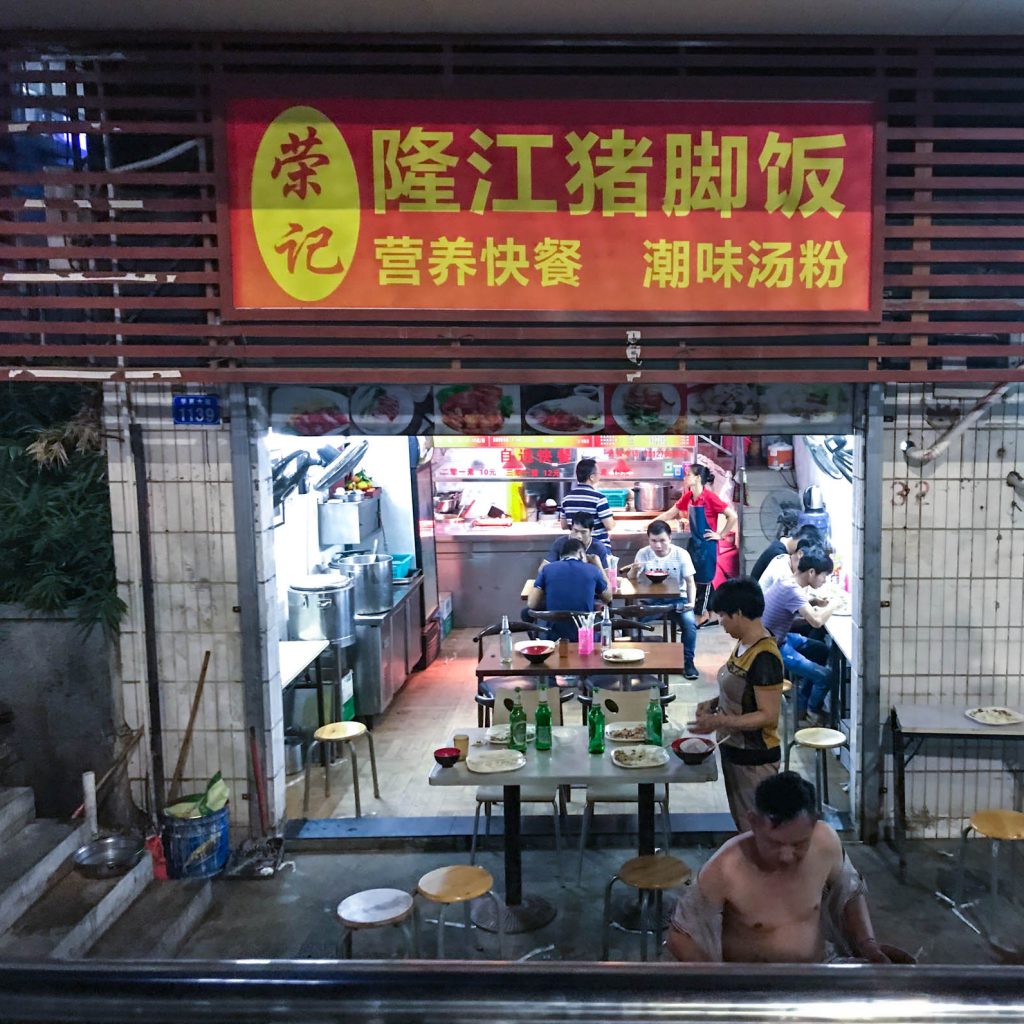
Street food. 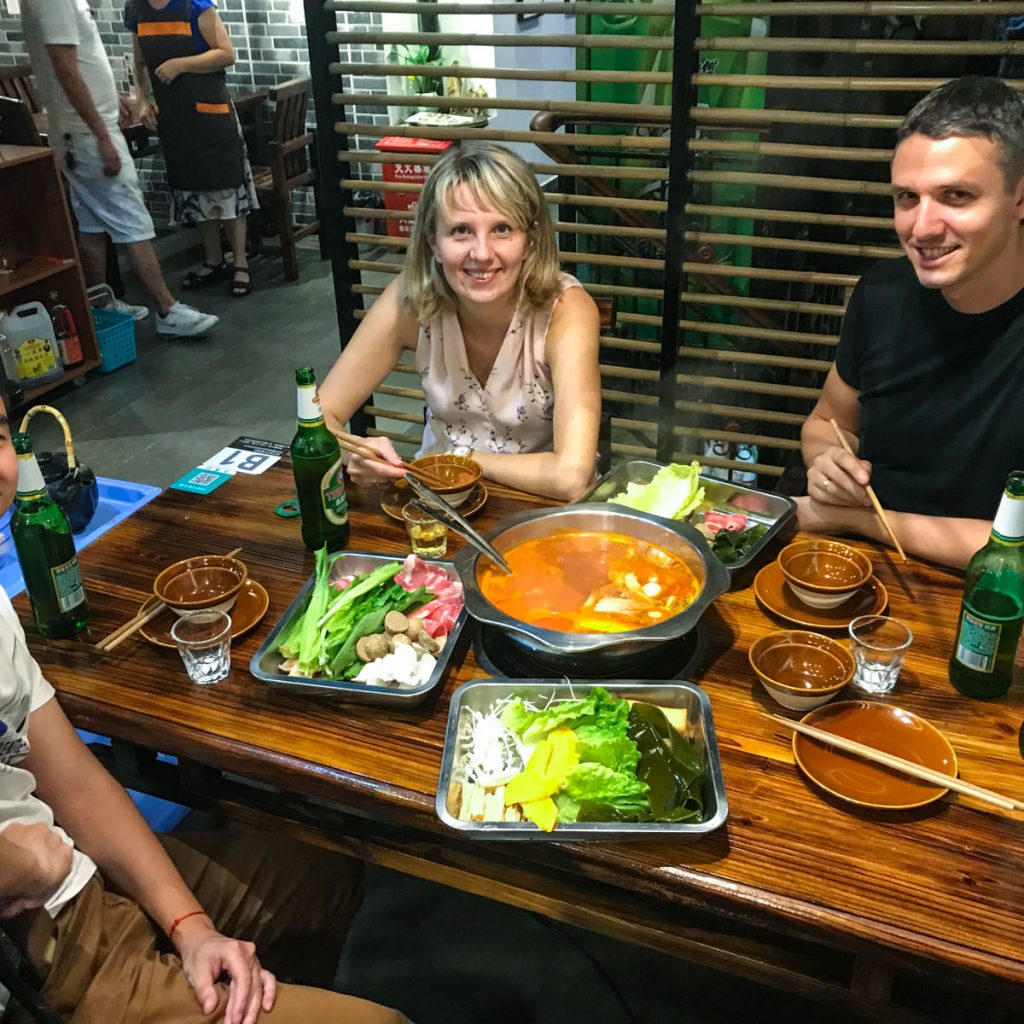
Hot pot. 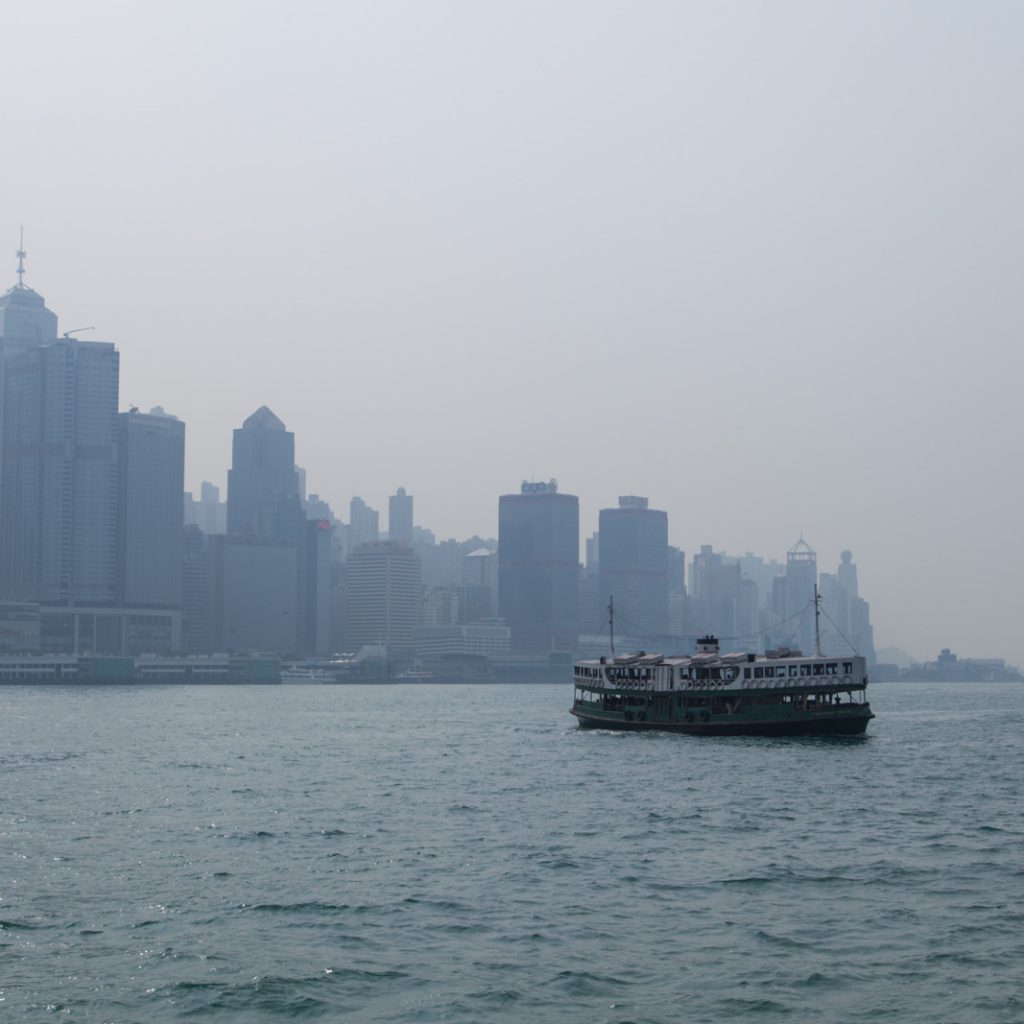
Star Ferries across Victoria Harbour. 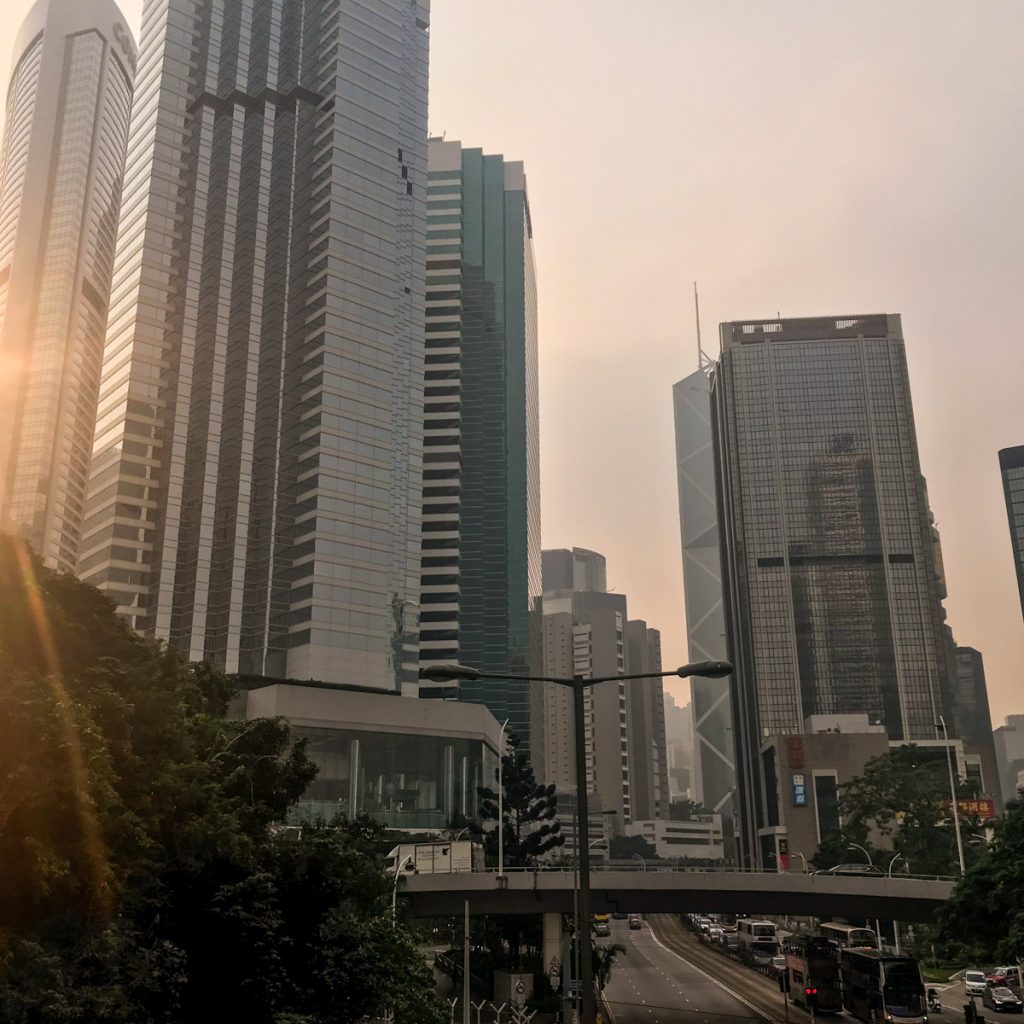
The polished side of Hong Kong. 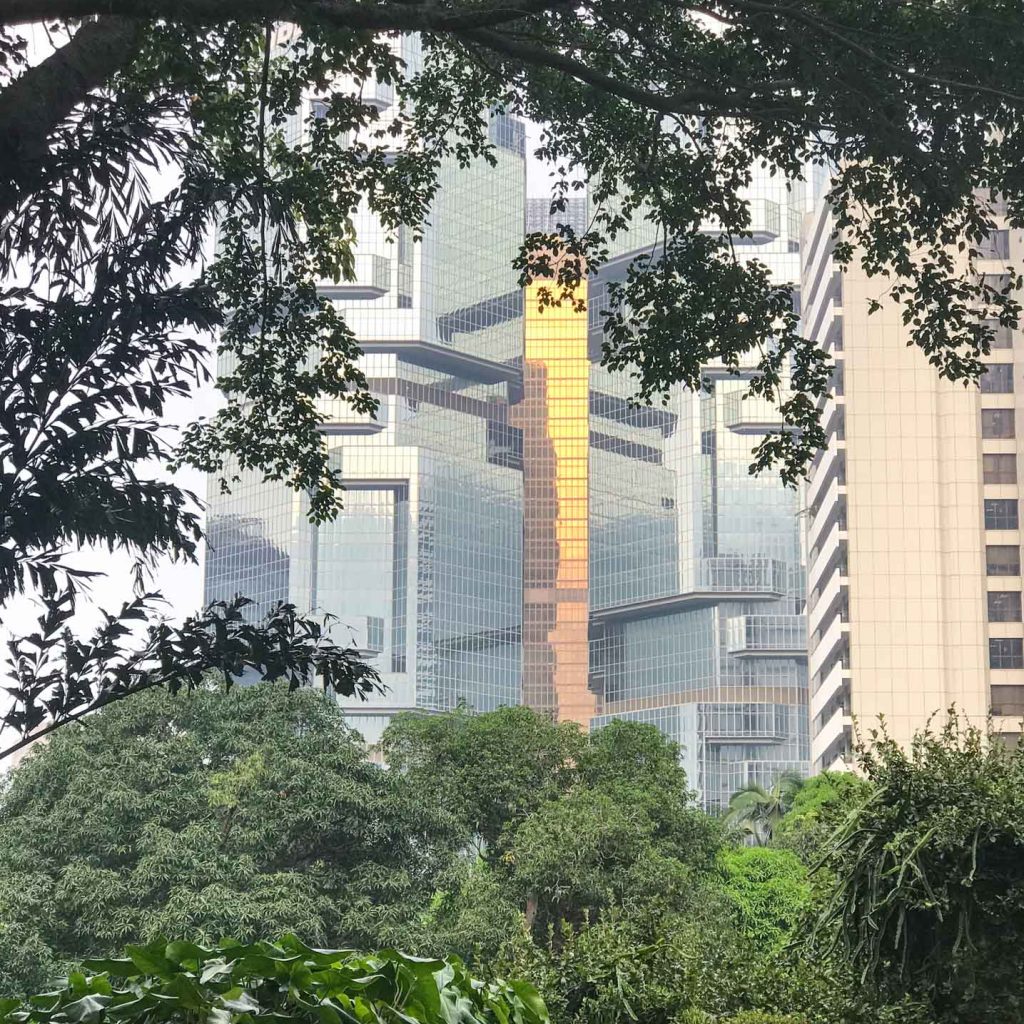
The polished side of Hong Kong. 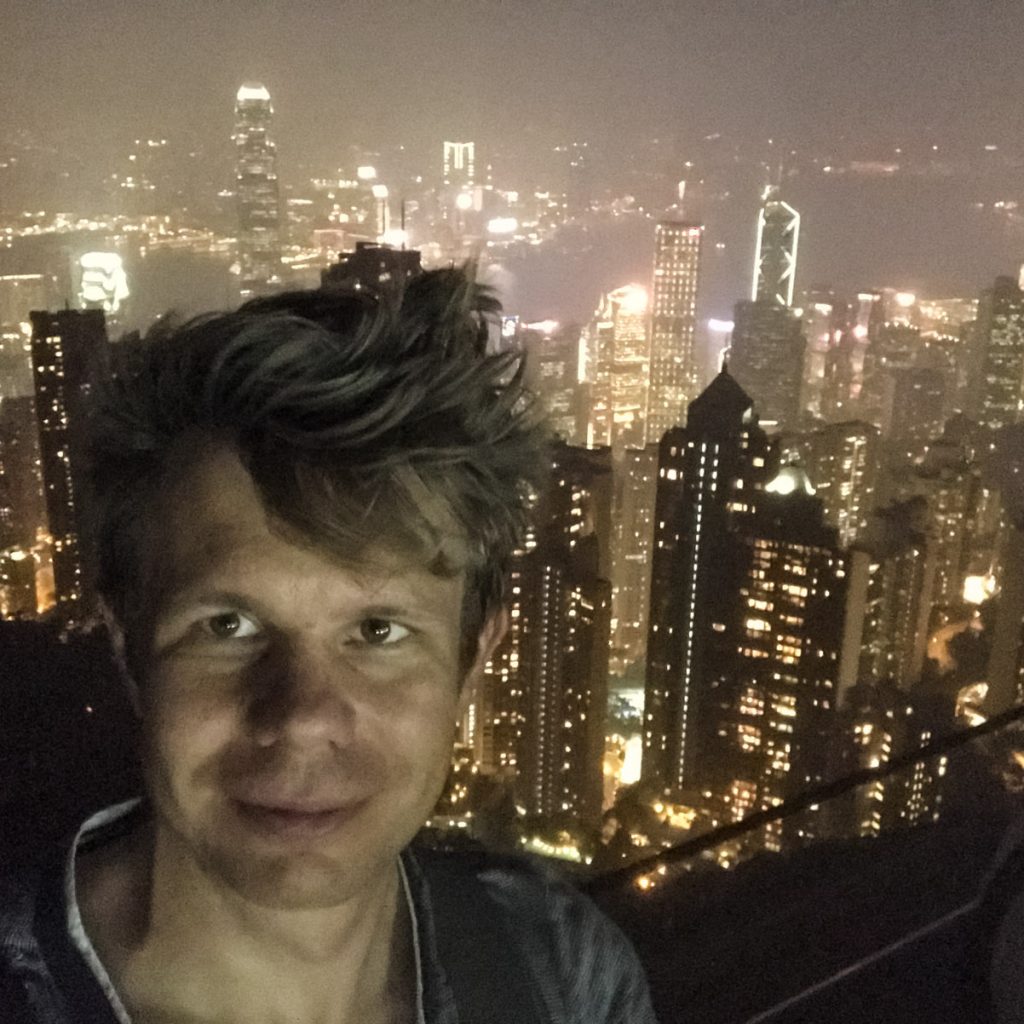
Mandatory selfie from Victoria Peak. 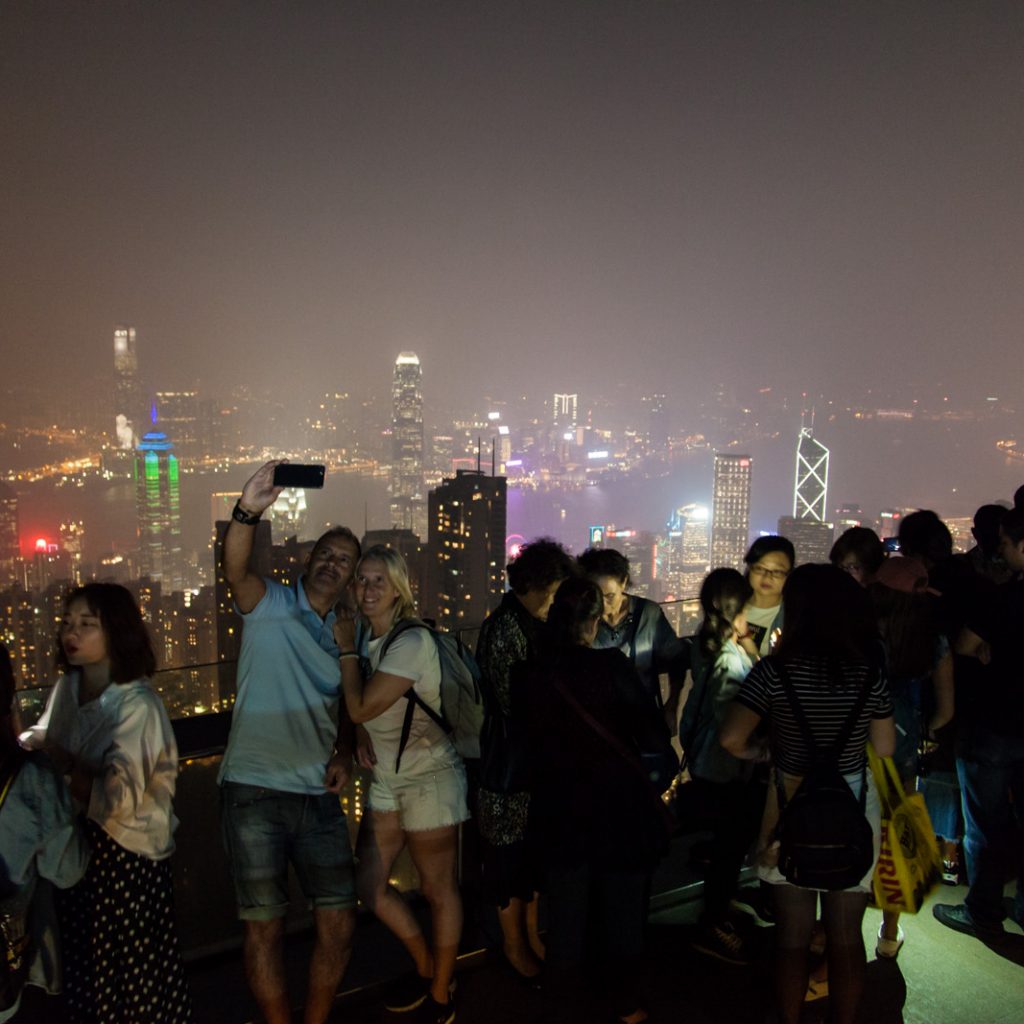
As I said… 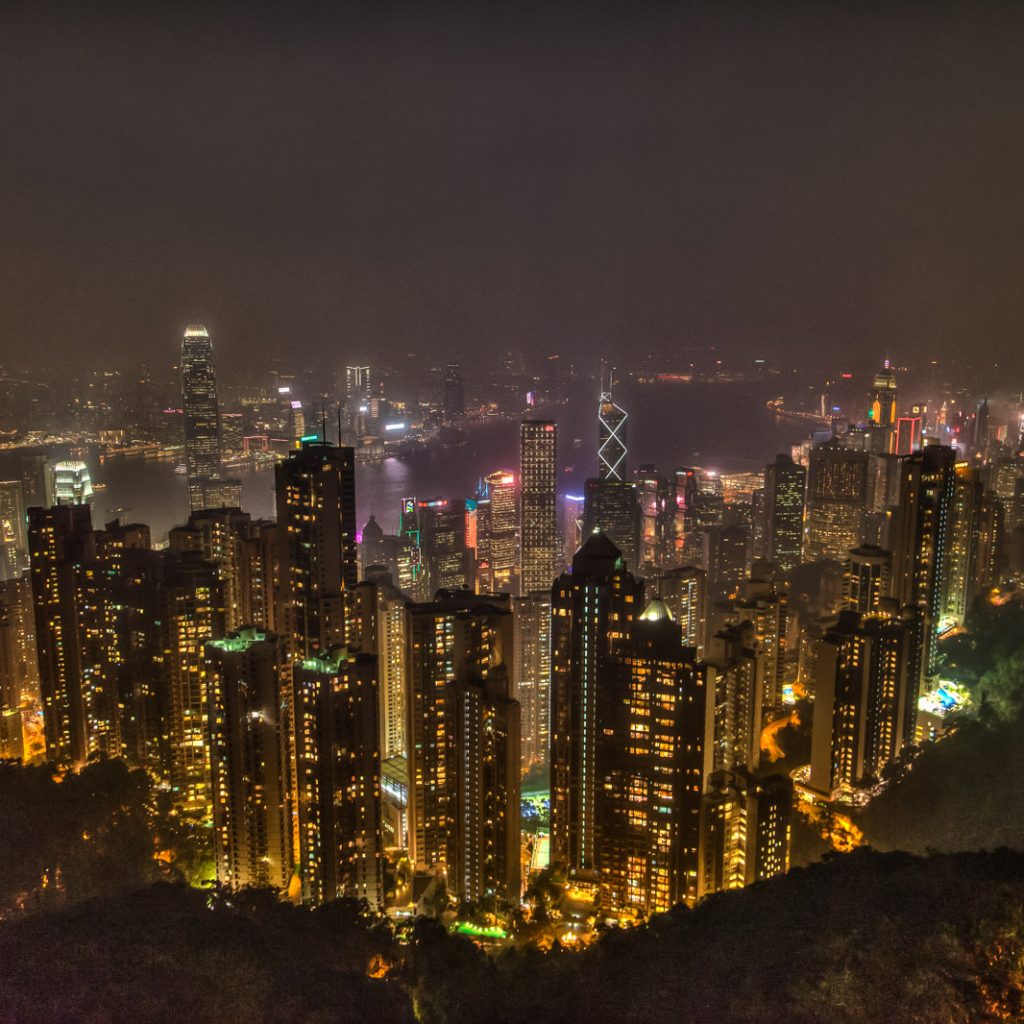
Classic view. 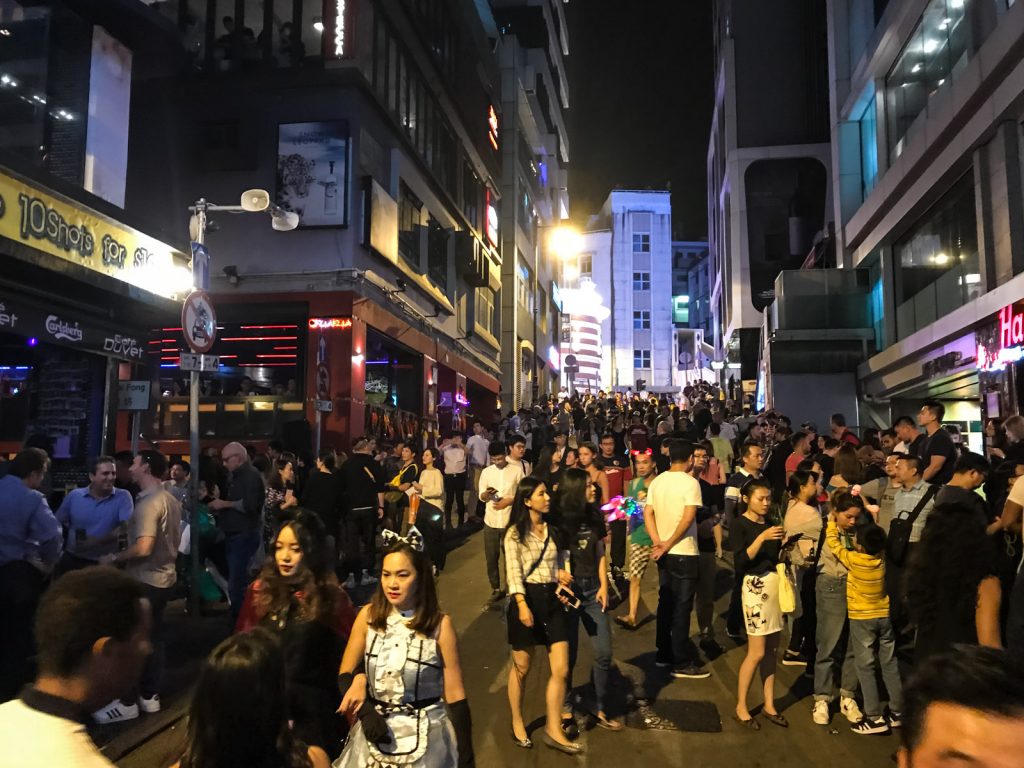
Throngs of people partying in the streets at Lan Kwai Fong. 
I love the massive Banyan trees along Nathan Road! 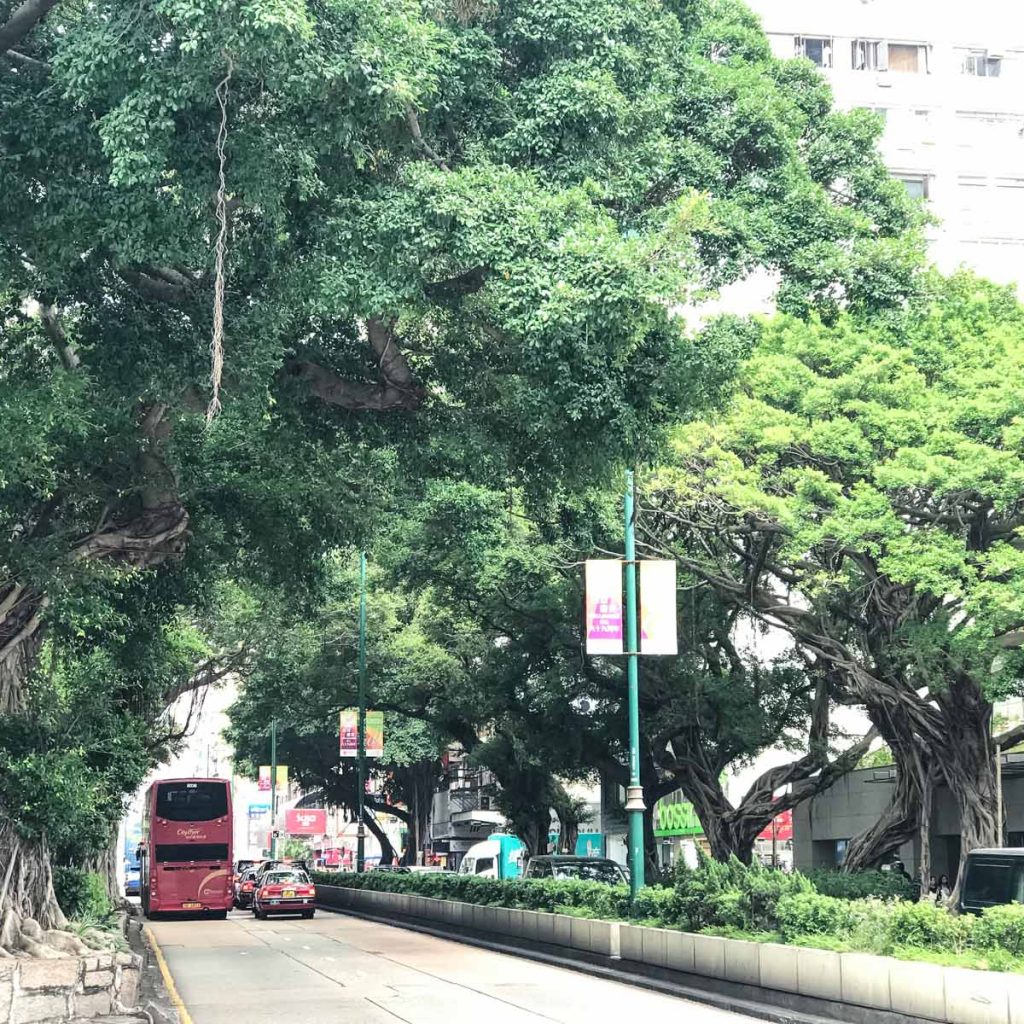
Nathan Road. 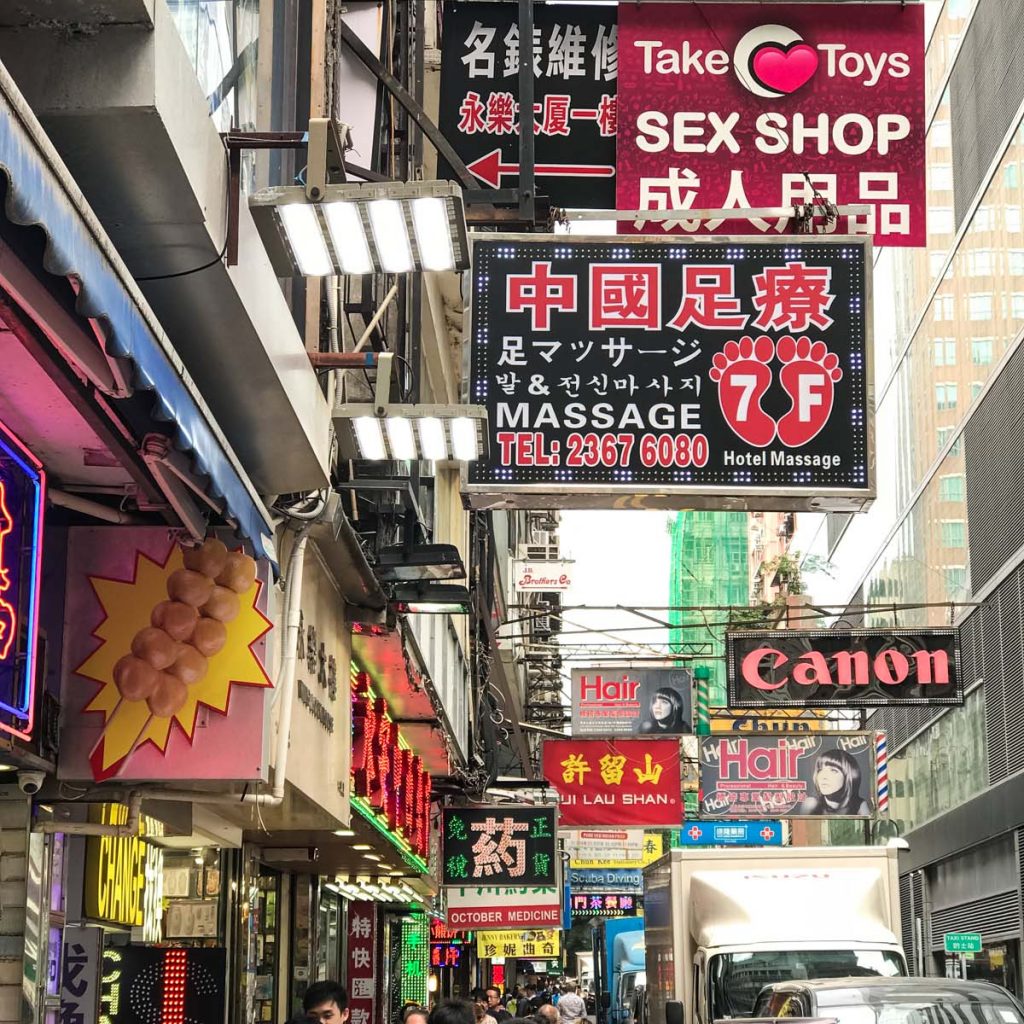
Street scene in Kowloon. 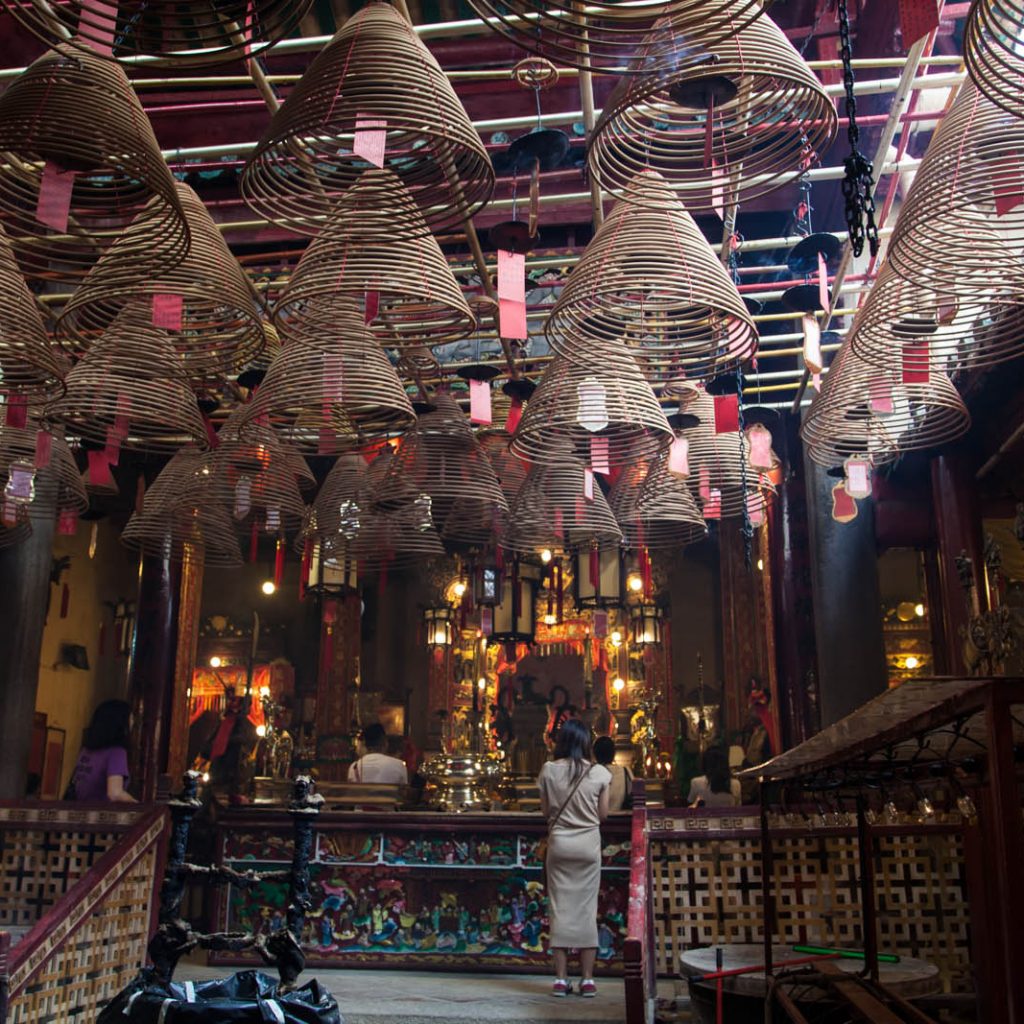
Interior of the Man Mo Temple. 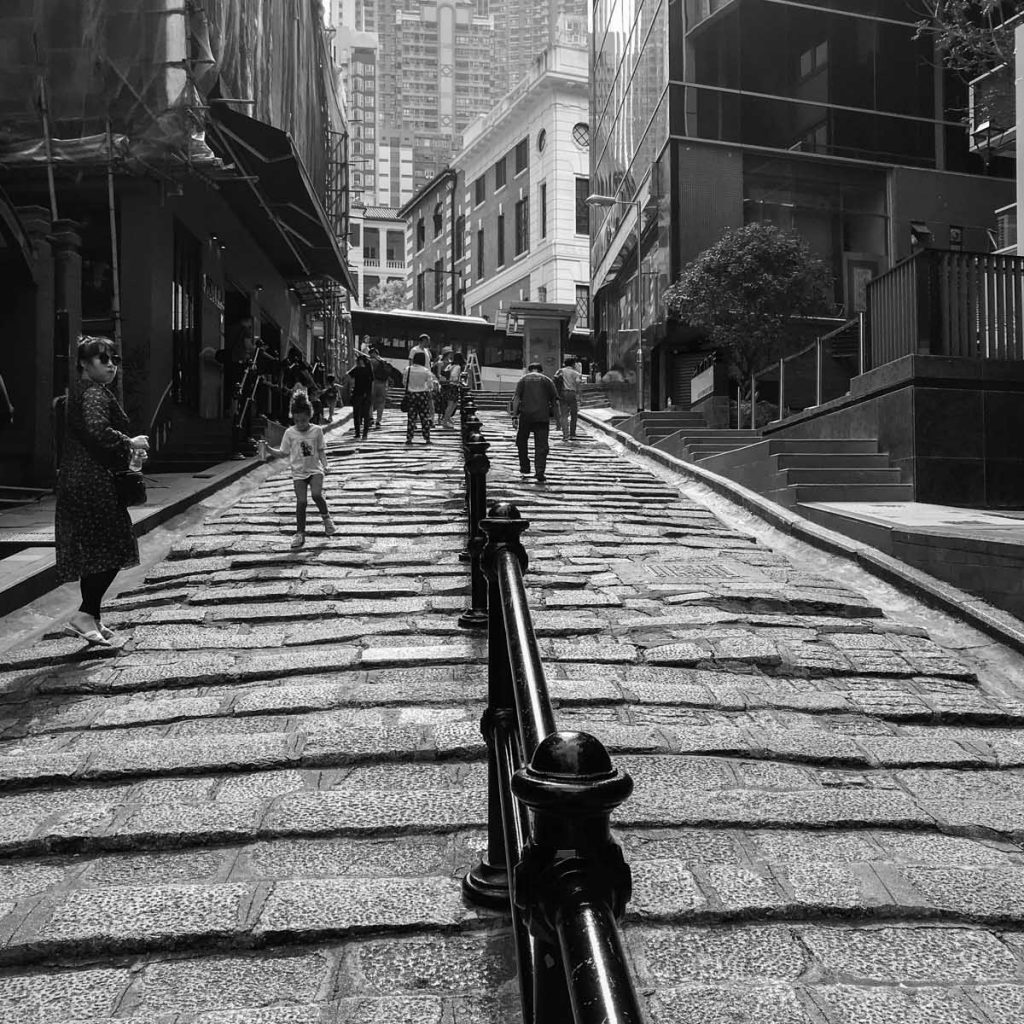
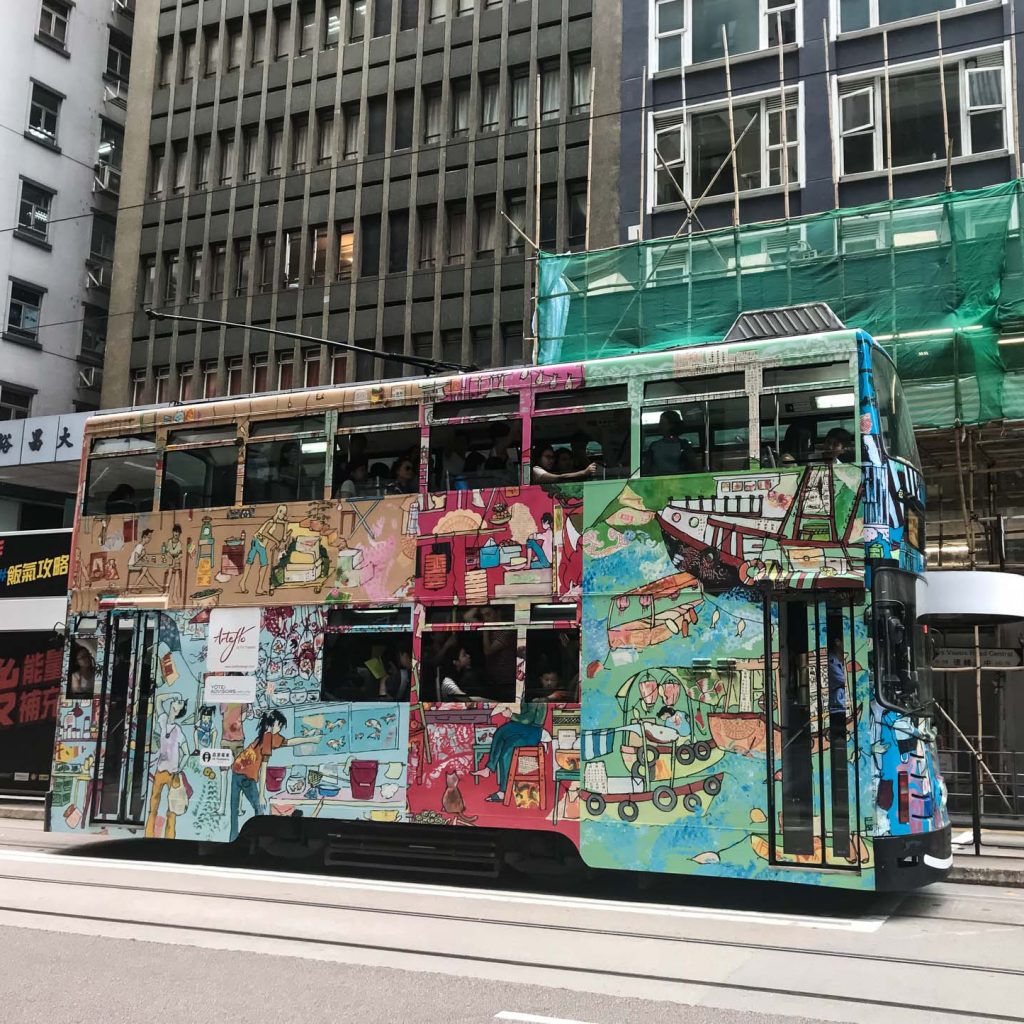
The famous double-decker trams. 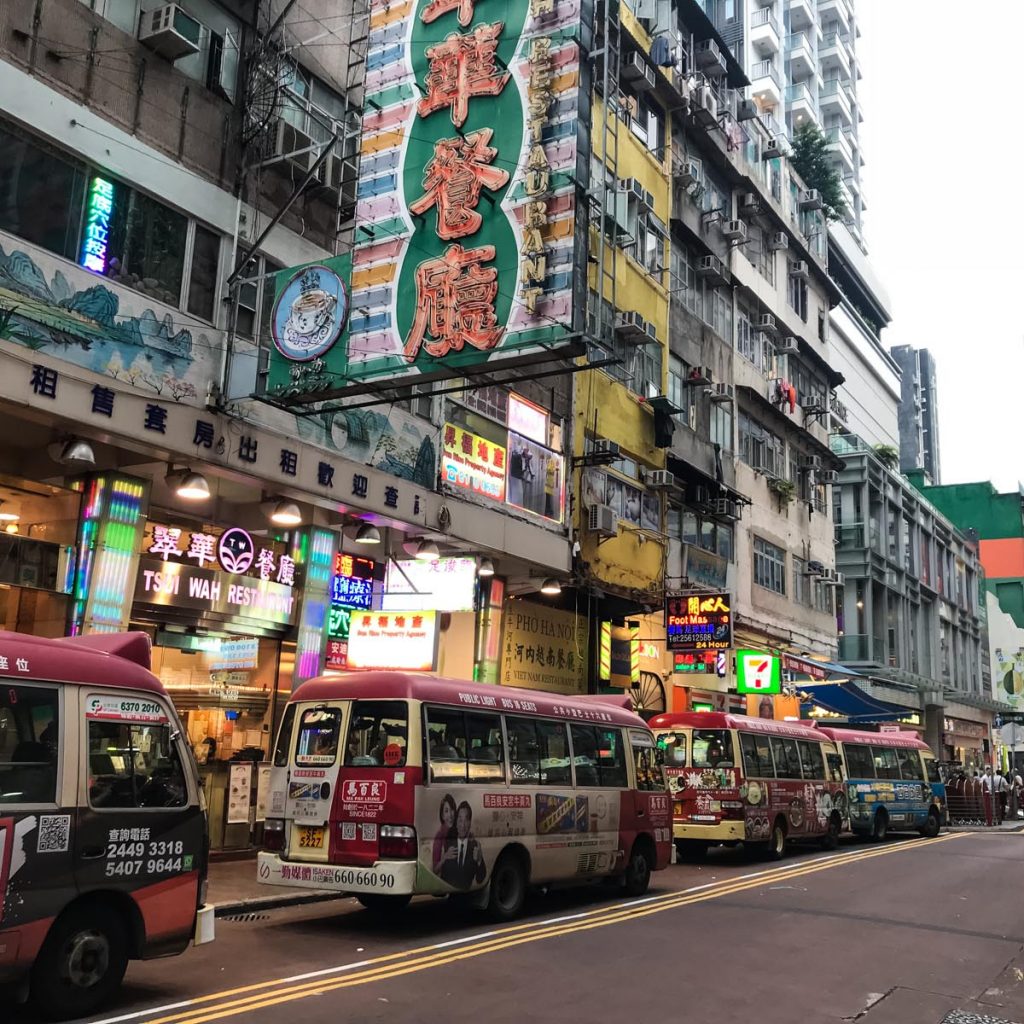
Kowloon. 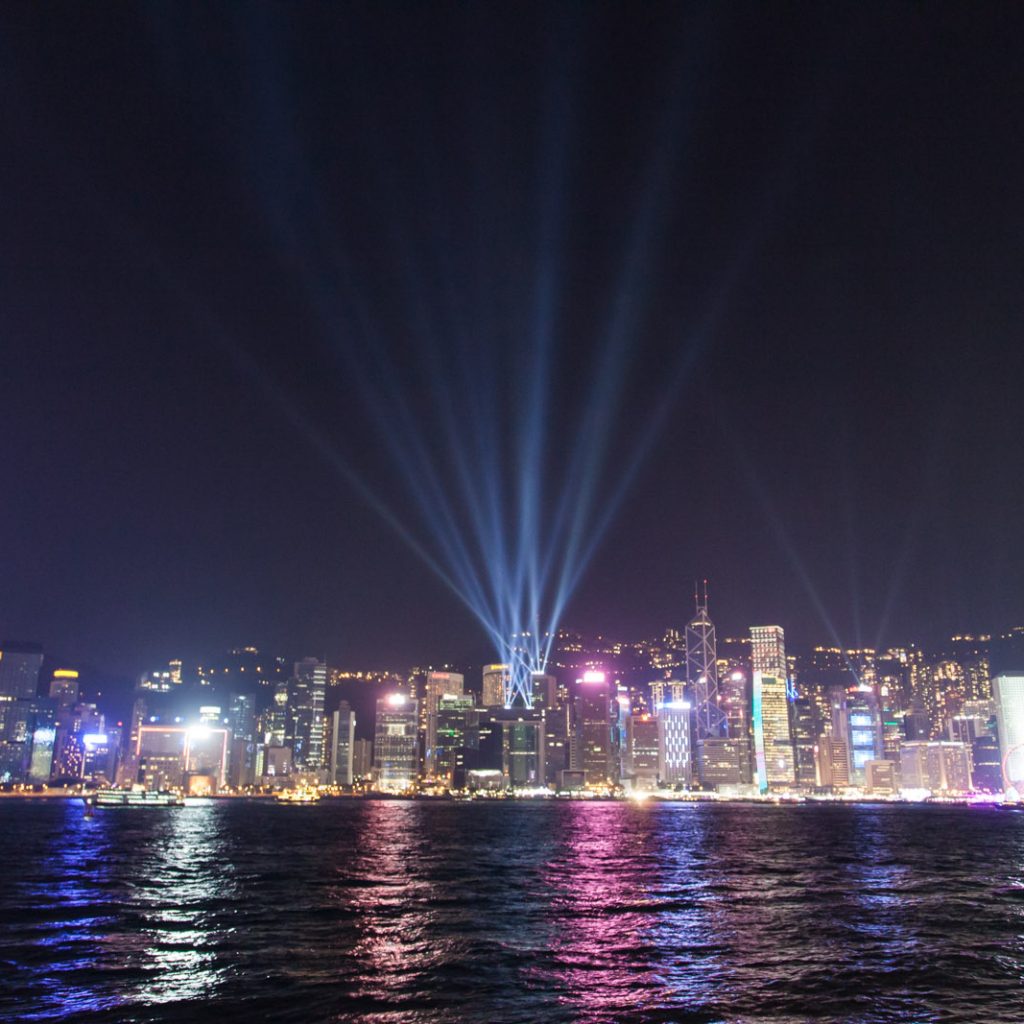
Victoria Harbour. 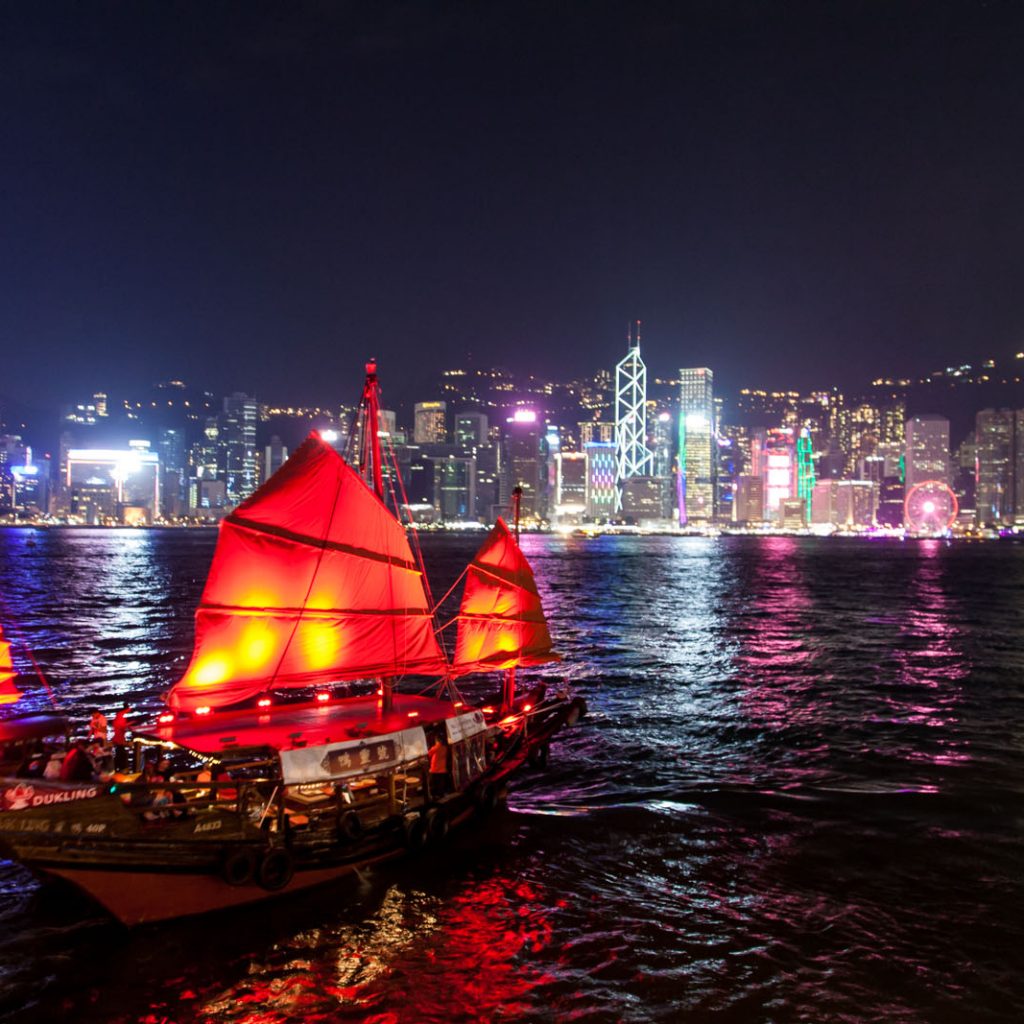
Victoria Harbour.
- Now temporarily infamous, since it was there that the rouge CRISPR researcher He Jiankui was working.